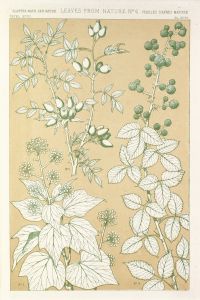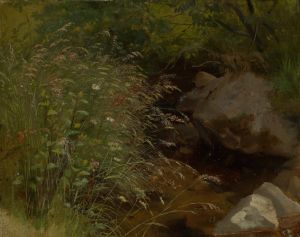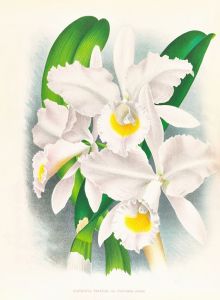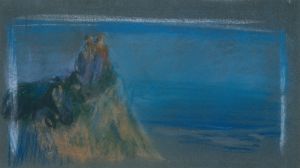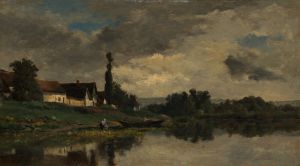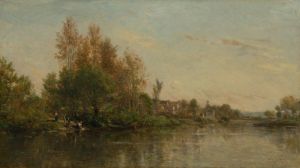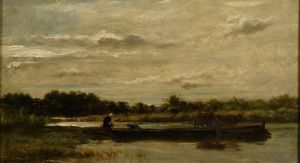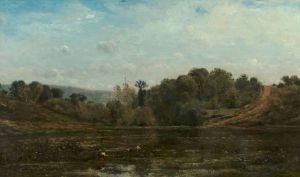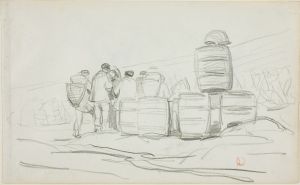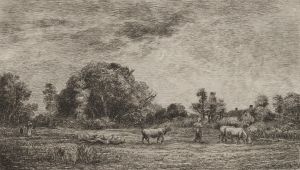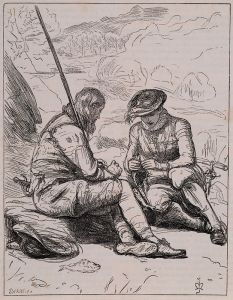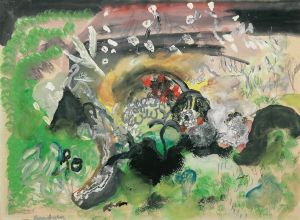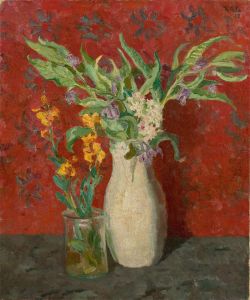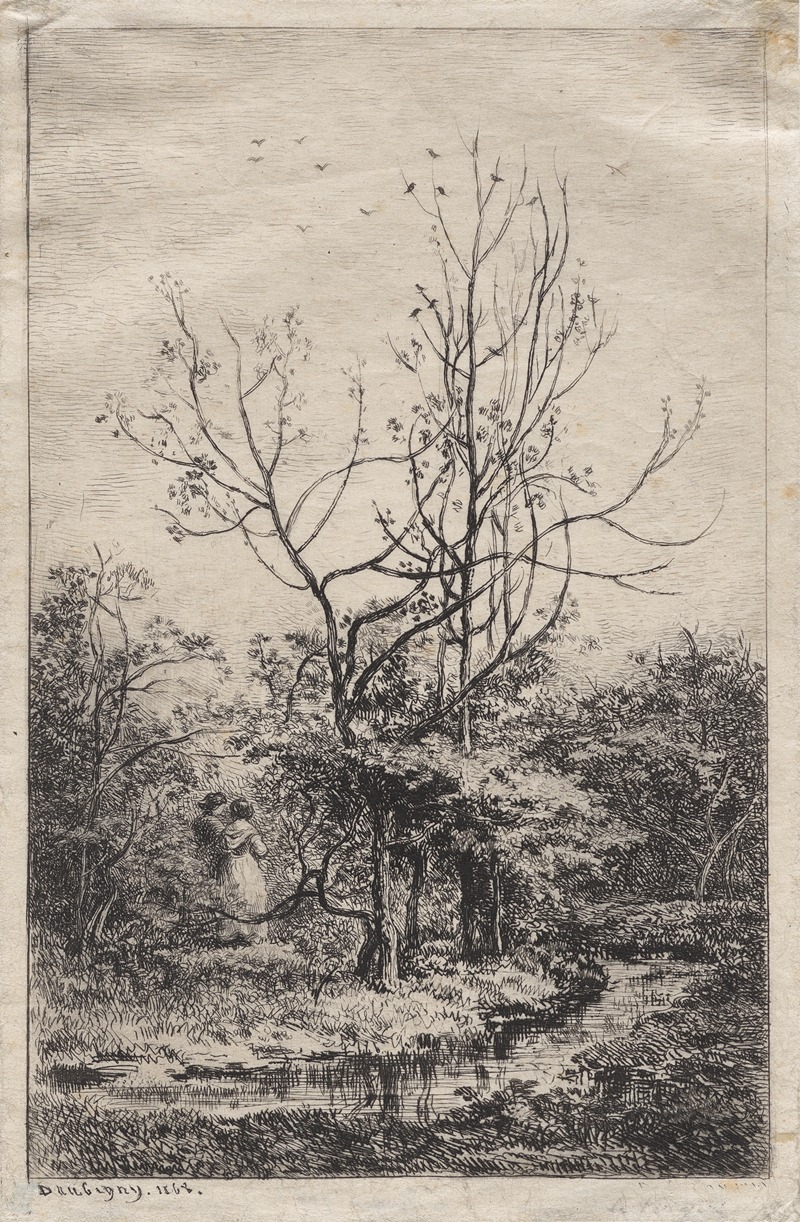
Le Verger
A hand-painted replica of Charles François Daubigny’s masterpiece Le Verger, meticulously crafted by professional artists to capture the true essence of the original. Each piece is created with museum-quality canvas and rare mineral pigments, carefully painted by experienced artists with delicate brushstrokes and rich, layered colors to perfectly recreate the texture of the original artwork. Unlike machine-printed reproductions, this hand-painted version brings the painting to life, infused with the artist’s emotions and skill in every stroke. Whether for personal collection or home decoration, it instantly elevates the artistic atmosphere of any space.
Charles François Daubigny, a prominent French landscape painter of the 19th century, created Le Verger (translated as The Orchard) in 1877. Daubigny was a key figure in the Barbizon School, a group of artists who sought to break away from the formalism of academic painting by focusing on naturalistic depictions of rural landscapes. His work is often seen as a precursor to Impressionism, influencing artists such as Claude Monet and Camille Pissarro.
Le Verger exemplifies Daubigny’s characteristic style, which emphasizes the harmonious interplay of light, color, and atmosphere. The painting depicts an orchard, a recurring theme in Daubigny’s oeuvre, reflecting his deep appreciation for the French countryside. The composition is marked by its simplicity and tranquility, with trees arranged in a naturalistic manner and soft, diffused light that suggests a specific time of day, likely early morning or late afternoon. Daubigny’s brushwork in this piece is loose and fluid, capturing the essence of the scene rather than focusing on minute details.
This painting was created during the later years of Daubigny’s career, a period when he had fully developed his mature style. By this time, he had moved away from the darker, more detailed works of his earlier years and embraced a lighter palette and more spontaneous technique. Le Verger reflects this evolution, showcasing his ability to convey mood and atmosphere through subtle variations in tone and texture.
Daubigny often painted en plein air (outdoors), a practice that allowed him to observe and capture the changing effects of light and weather directly from nature. This approach is evident in Le Verger, where the naturalistic rendering of the orchard suggests that it was inspired by direct observation. However, like many of his works, it is likely that Daubigny completed the painting in his studio, refining the composition and adding finishing touches.
Today, Le Verger is recognized as an important example of Daubigny’s contribution to the development of modern landscape painting. The painting is housed in the Musée d'Orsay in Paris, which holds a significant collection of works by Daubigny and other artists of the Barbizon School. It continues to be celebrated for its serene beauty and its role in bridging the gap between the Barbizon School and the Impressionist movement.





